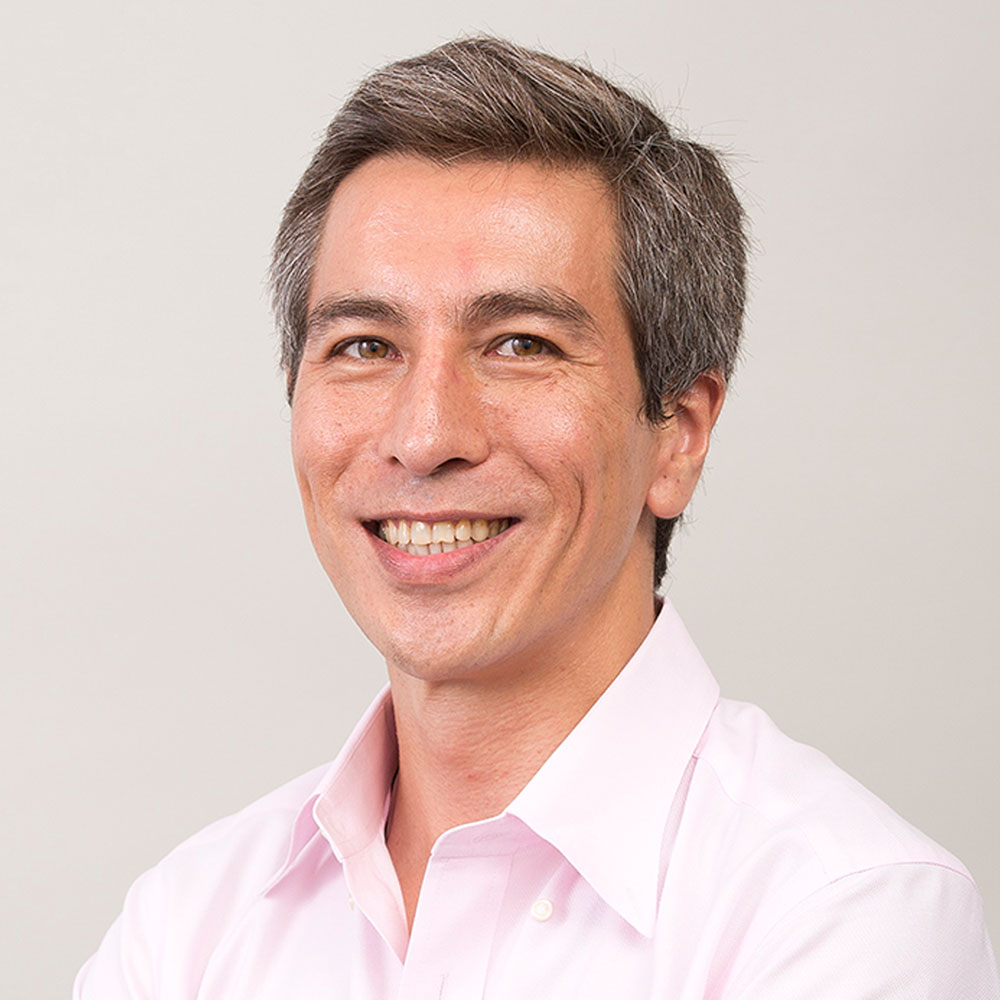Do you know the reality of your neighbor?
Poverty exists almost everywhere. Is Japan an exception?

Edouard Tripkovic Katayama Advisory Consultant
Did you know OECD published a poverty survey of its 35 members and that USA is 34th(17.5%) and Japan 29th(16.1%), while the average is 11.5% Simultaneously, USA is the biggest High-net-worth individual market with 4.75 and Japan second with 2.89 million people having investible assets of US$ 1 million and more, showing the important social gap in both countries.
When living in France, I could see the benefits of its social system. The governmental social and health care office may not charge the hospitalization or the medical treatment when the patient’s income is low. Each case is considered individually and it might be applicate even for high amounts. Laws and rules are important to maintain the stability but it is necessary to have adaptable systems allowing flexibility for special cases, as every rule has an exception. Japan will unavoidably have more of these cases to deal with and private and public sectors should consider how to face them, keeping the actual rules for everyone or becoming more adjustable.
France is also well known for high education which is seen as a human right accessible to everyone. Public universities tuition fees cost less than 300 annually, while the education in Japan from kindergarten up to university graduation is estimated 84,000~330,000 per child, raising a family becoming a matter of wealth.
In late 80-ties, 90% of Japanese used to consider themselves Middle Class. To bring the tendency back, it is necessary to decrease the existing wealthy-poverty gap. Increasing the average wage needs to be followed by better social and healthcare, cheaper and more accessible education, not to forget stimulating the natality, offering better conditions to raise a child; the future of the society.
In Japan, Kodomo-Shokudo (children’s cafeteria) project started in 2012, providing free or reduced-price meals to children and adults in need for a balanced nutrition. Essential initiative for a country with one in six children living in poverty and +50% are single-parent households. SomeKodomo-Shokudoshave educational programs and new facilities are opening regularly but the major issue is that the most needed people do not enter easily, being afraid to be seen as a person in poverty.
Thailand government’s project offering free transportation to ‘low-income-earners’ might be an example to follow. It allows easier access to the locations offering jobs as well as increasing the opportunity for education. Public transportation plays an important role to generate social activities and simultaneously decreases social exclusion.
Poverty exists almost everywhere. It is not a shame to live in and nobody should be judged because of limited financial conditions. In Japan, the poverty is still a taboo and the time has come to change that, as it is already the reality for a considerable number of people.
Source: OECD, Japan Times, Japan for Sustainability
